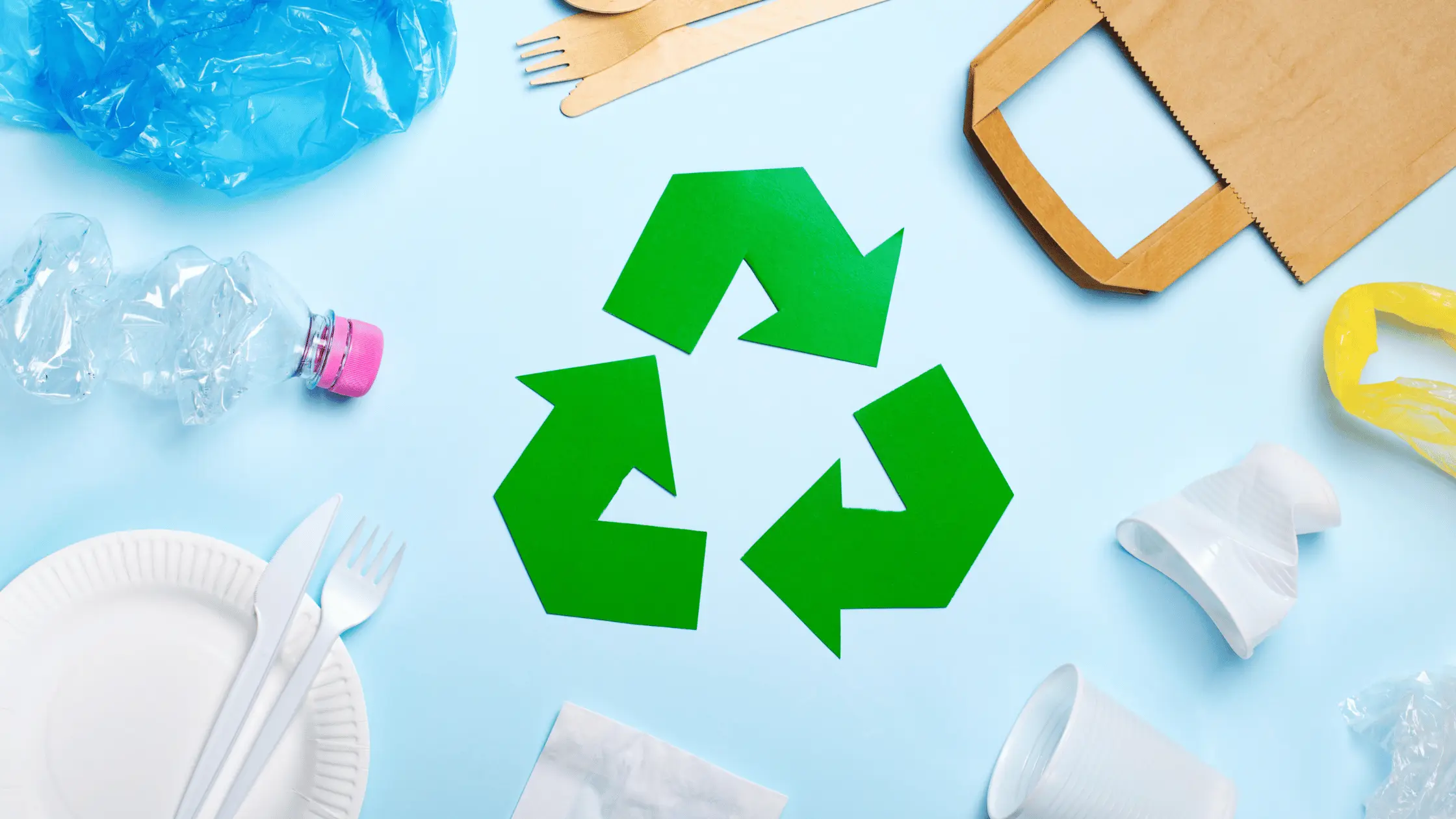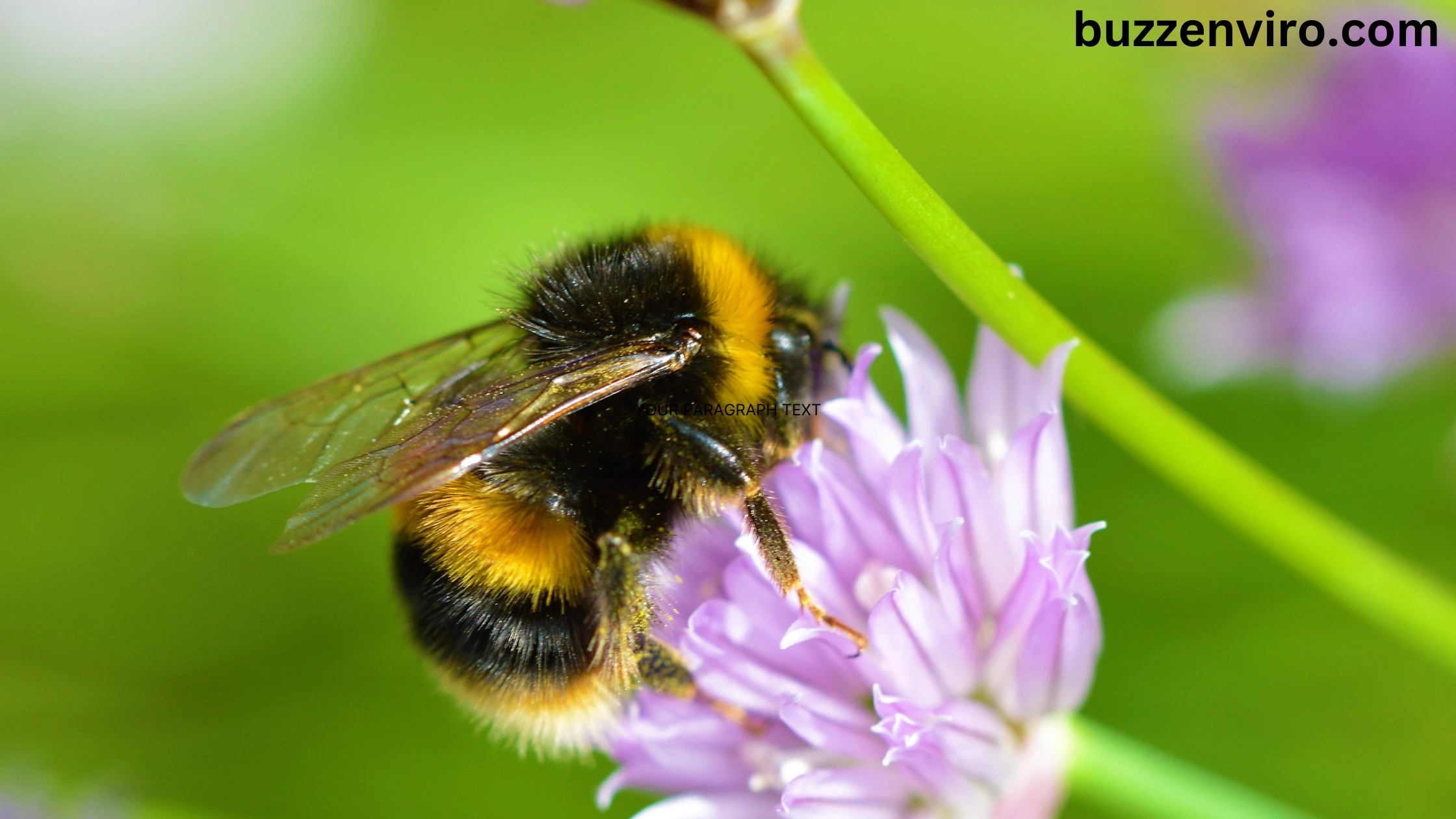Light Bulbs play a vital role in our daily lives, providing illumination in homes, offices, and public spaces. However, when it’s time to replace them, it’s essential to dispose of them properly to minimize their environmental impact. Recycling light bulbs prevents not only harmful substances from entering the waste stream but also allows valuable materials to be recovered and reused. In this blog post, we will guide you through recycling different types of light bulbs, ensuring a greener and more sustainable future.
List of Light Bulbs
1. Incandescent Light Bulbs

Incandescent bulbs are the traditional and most common type of light bulbs found in many households. While they cannot be recycled in the same way as other bulbs, you can still take certain steps to dispose of them responsibly.
1. Safely remove the incandescent bulb:
Before handling a burned-out incandescent bulb, make sure it has cooled down completely. Carefully unscrew it from the socket and place it in a protective container to avoid breakage.
2. Check local regulations:
Contact your local waste management authorities or check their website to determine if incandescent bulbs can be disposed of in regular household trash or if there are specific guidelines for their disposal.
2. Compact Fluorescent Lamps (CFLs) and Fluorescent Light Bulbs

CFLs and fluorescent Light bulbs contain small amounts of mercury, a hazardous substance. Therefore, it’s crucial to recycle them properly to prevent environmental contamination.
Follow these steps to recycle CFLs and fluorescent tubes safely:
Step:1 Handle with care:
Due to the mercury content, avoiding breaking CFLs or fluorescent tubes is essential. If a bulb breaks, follow the Environmental Protection Agency (EPA) guidelines for cleaning up and disposing of the broken bulb.
Step:2 Locate a recycling facility
Research recycling centres or programs in your area that accept CFLs and fluorescent tubes. Many hardware stores, home improvement centres, or municipal collection sites have drop-off locations for these bulbs.
Step:3 Prepare for recycling
Place the used CFLs or fluorescent tubes in a sturdy container, such as their original packaging or a sealed plastic bag, to prevent breakage during transportation.
3. Light-Emitting Diodes (LEDs):-

LED Light bulbs are becoming increasingly popular due to their energy efficiency and longevity. Although LED bulbs do not contain hazardous materials, they can still be recycled to conserve resources.
Here’s how:
Check for manufacturer or retailer recycling programs:
Some LED manufacturers or retailers offer take-back programs or recycling services for their products. Visit their websites or contact their customer service to inquire about recycling options.
Local recycling facilities:
Research recycling centres in your area that accept LED bulbs. Recycling facilities equipped to handle electronic waste may also accept LED bulbs.
4. Other Considerations:-
Recycling light bulbs is just one step in practicing responsible waste management.
Here are a few additional points to keep in mind:
Consider energy-efficient options:
Transitioning to energy-efficient bulbs, such as CFLs or LEDs, reduces the frequency of bulb replacements and lowers overall waste generation.
Community collection events:
Stay informed about community collection events or hazardous waste drop-off days organized by local authorities. These events may provide an opportunity to dispose of various types of light bulbs safely.
Conclusion
Recycling light bulbs is a crucial step towards creating a more sustainable environment. By following the appropriate disposal methods for each type of bulb, we can reduce the impact on our planet and contribute to the conservation of valuable resources. Remember to check with local waste management authorities or recycling facilities for specific guidelines in your area. Let’s embrace responsible recycling practices to ensure a greener future for generations to come






